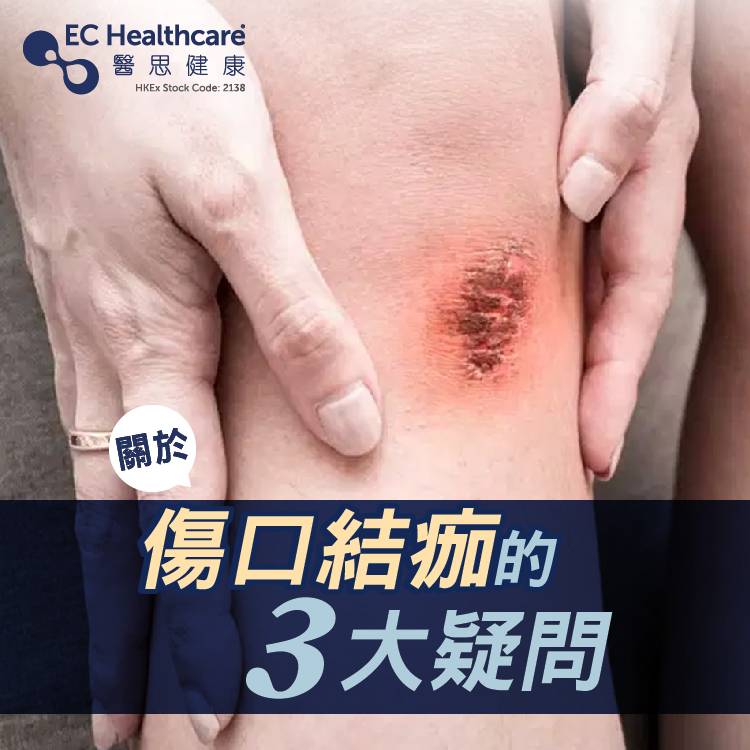Three Questions About Scabbing


Does Scabbing Indicate Healing?
A scab forms when the platelets, fibrous proteins and bacterial remains dry out on the wound surface due to the lack of moisture and oil. Therefore, scabs are not a precursor to wound healing. Conversely, the scabs cover the wound and make us hard to notice the recovery progress. Sometimes patients may remove the scabs only to find out that the wound underneath is still seriously inflamed or infected. The scabs also delay the migration and proliferation of the epidermal cells. The wound is healed only when it appears in light pink and feels as smooth as the surrounding skin.
Should we let the scabs fall off on their own?
As the wound heals, it is normal to be covered with a scab when clotting factors and other substances that repair the wound harden. If the wound is superficial, do not remove the scab as this will keep the skin injured, and turn from acute to chronic inflammation, which may ultimately lead to ulceration, cellulitis, or necrosis.
Generally speaking, the edge of the scab will tell you whether the wound is healing without having to remove it. If the edges are tightly attached, it indicates the wound is healing. However, if the scab is particularly thick and exhibits symptoms of swelling, tissue fluid or pus formation, the wound may still be inflamed or even infected. The wound should be properly treated again.
The scab-like crusty skin that appears yellow or dark black is the necrotic skin. This is more commonly seen in people with chronic ulcers or decubitus ulcers. The necrotic skin prevents the epidermis from growing back from the sides, so it is important to seek medical assistance to disinfect the wound and remove the necrotic tissues.
Why Do Wounds Itch as They Heal?
As a wound starts to heal, the fibroblasts of the body generate a lot of collagen to repair the skin. New skin will be formed over the wound by scabbing and epidermal proliferation. During the process, as the wound may have been infected by bacteria, more white blood cells and macrophages are required to destruct bacteria and pathogens.
These two processes require the supply of blood. Histamine, a chemical released after tissue damage, stimulates the microvasculature to dilate and increase the permeability of the vessel wall to let the white blood cells pass through it. Therefore, the area around the wound becomes swollen, numb, and itchy.
Related Brands



